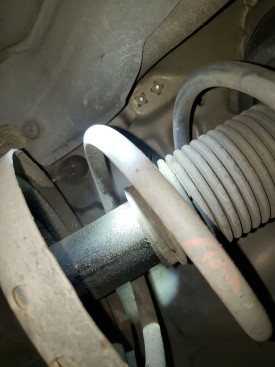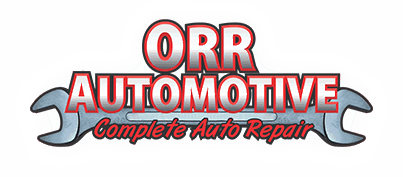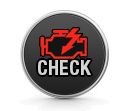
Bad struts can significantly increase your stopping distance, making them a potential safety hazard. Here's how:
Reduced Tire Contact: Worn struts lose their ability to maintain firm contact between the tires and the road. This bouncing allows the tires to lose grip during braking, especially on uneven surfaces or during hard stops.
Weight Transfer Issues: During braking, weight shifts forward, pressing down on the front tires. Faulty struts impair this weight transfer, reducing the pressure on the front tires and consequently their braking efficiency. This can lead to:
Increased Nosedive: The front of the car dips excessively, further reducing traction on the front tires.
Oversteer: The rear tires may have increased traction relative to the front, making the car more prone to skidding and losing control.
Extended Reaction Time: Bouncing caused by bad struts can delay the vehicle's response to brake application, especially in rough road conditions. This effectively extends the time it takes for the car to come to a complete stop.
Severity of impact: The extent of increased stopping distance due to bad struts depends on several factors, including:
Severity of strut wear: Moderately worn struts might only increase stopping distance by a few feet, while severely worn ones could add significantly more.
Driving conditions: Wet or uneven roads amplify the problem, while dry, smooth roads have less impact.
Vehicle type: Heavier vehicles or those with high performance brakes are more susceptible to increased stopping distance with faulty struts.
Here are some figures to illustrate the potential increase in stopping distance:
Studies suggest that worn struts can add 3-13 feet (1-4 meters) to stopping distance compared to new struts, at highway speeds.
On wet roads, the increase can be even greater, potentially reaching 20 feet (6 meters).
**It's important to remember that these are just estimates, and the actual impact can vary depending on the specific condition of your struts and other factors.
If you suspect your struts might be worn, it's crucial to get them inspected and replaced as soon as possible to ensure your safety and the safety of others on the road.**









Add new comment